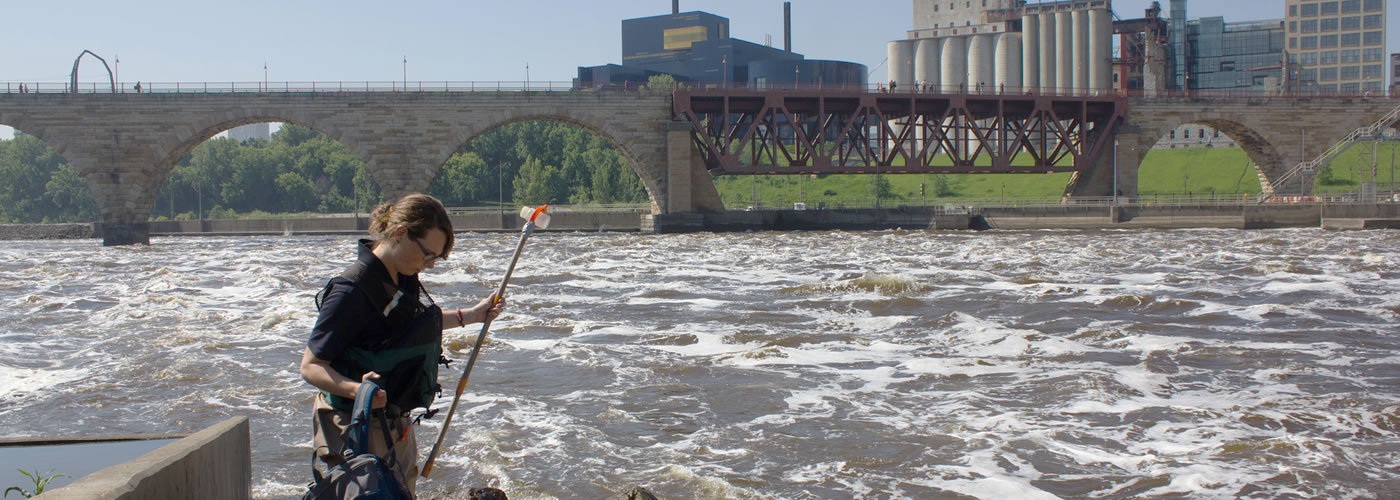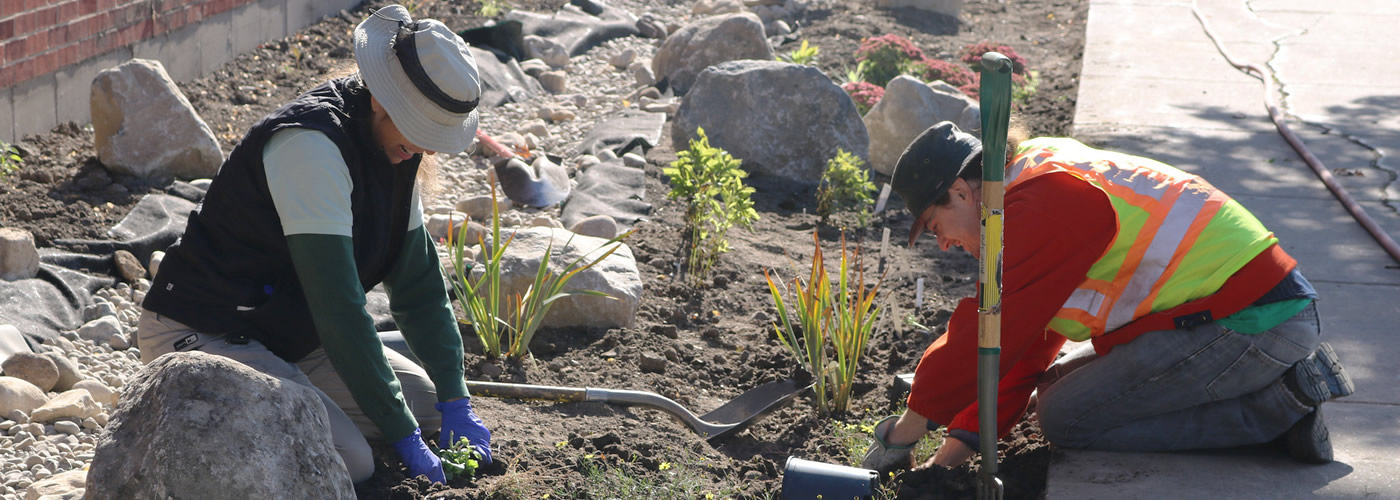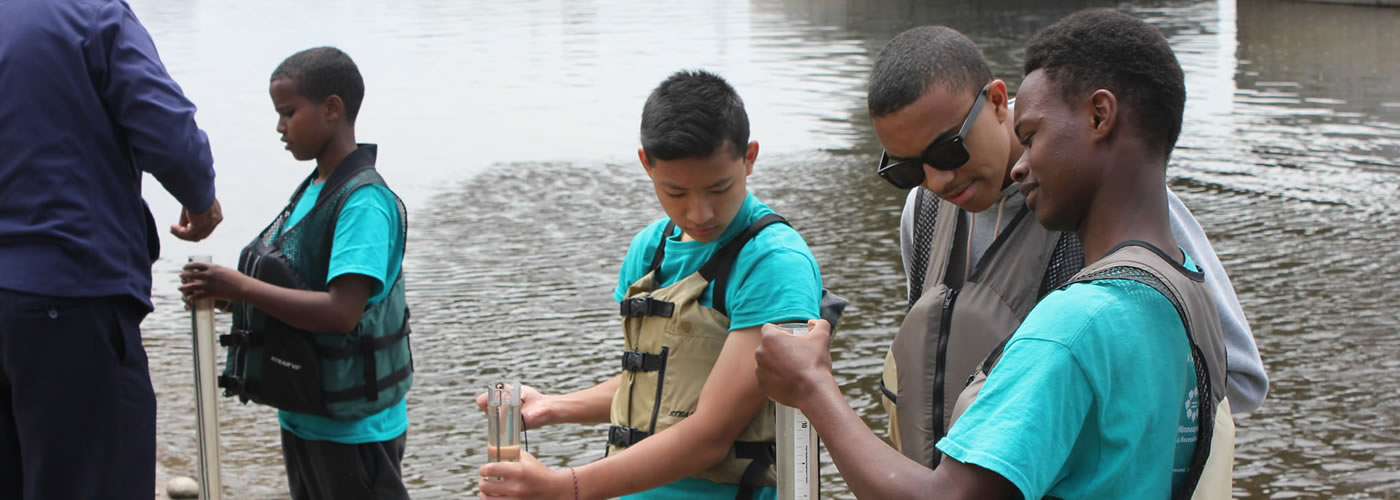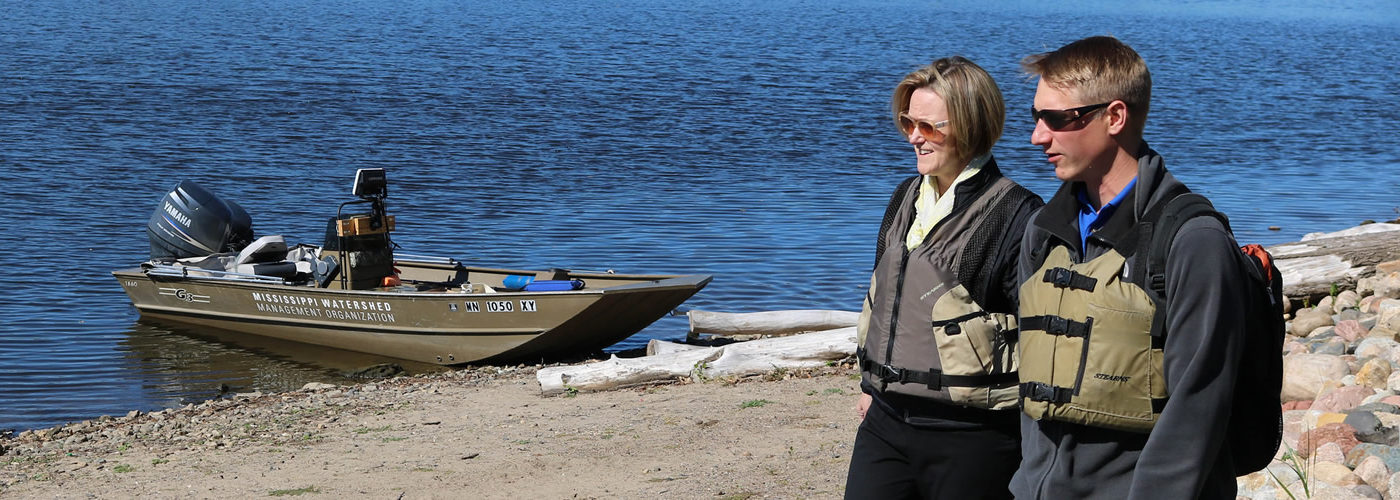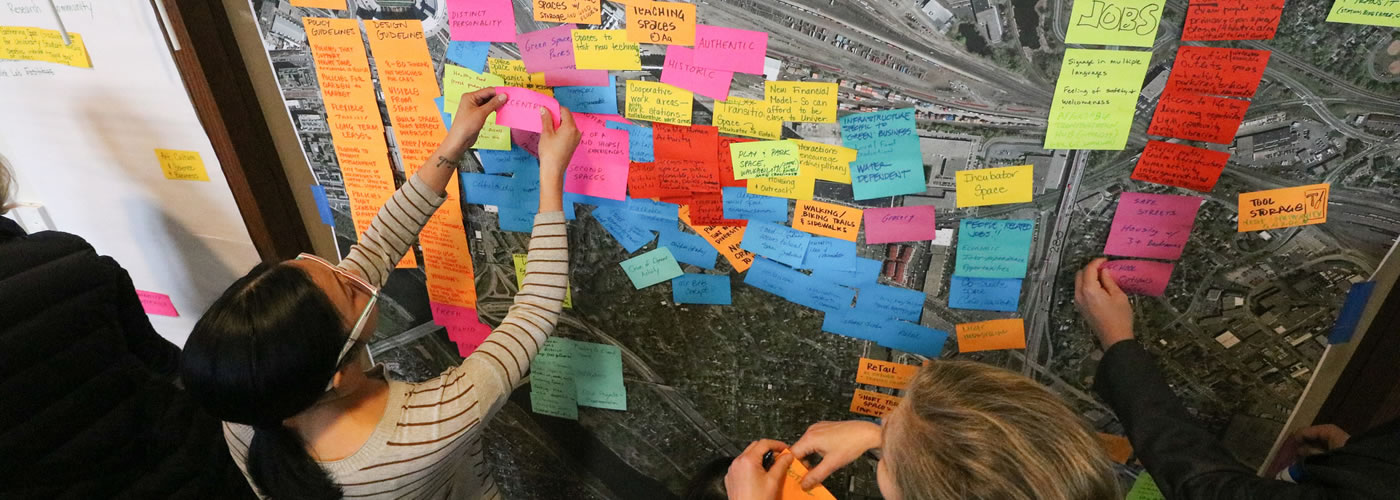About the MWMO
“Mission Statement: to lead, and to foster stewardship of the watershed with actions that promote civic ownership and responsibility and through measures that achieve diverse and functional ecosystems.”
The Mississippi Watershed Management Organization works to protect and improve water quality, habitat and natural resources in an urban watershed that drains directly into the Mississippi River. We are a joint-powers local government unit and one of approximately three dozen watershed organizations in the Twin Cities metropolitan area. Our member communities include Columbia Heights, Fridley, Hilltop, Lauderdale, Minneapolis, the Minneapolis Park & Recreation Board, St. Anthony Village and Saint Paul.
The MWMO encompasses 25,309 acres (39.5 square miles) of fully developed urban lands and waters. We partner with our member communities to invest in green infrastructure that captures, cleans and reuses stormwater runoff. Our team monitors and tracks water quality in the watershed and conducts education and outreach to promote active environmental stewardship among residents.
MWMO at a Glance
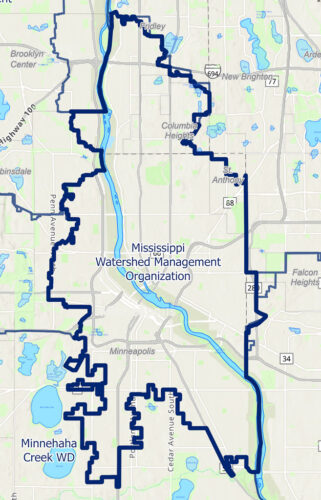
Employees
16-20 employees, depending on season
Budget
$1.2 million administration, $4.9 million capital improvement and initiatives
Formation
The MWMO is a joint powers watershed under Minnesota Statutes 103B and Minnesota Rules 8410.
Boundaries
See a map of our watershed boundaries:
Member Communities
The MWMO’s member communities include Columbia Heights, Fridley, Hilltop, Lauderdale, Minneapolis, the Minneapolis Park and Recreation Board, St. Anthony Village and St. Paul.
| Member City/Organization | Percent Area of MWMO | Square Miles within MWMO |
| Columbia Heights | 7.67 percent | 3.03 |
| Fridley | 8.91 percent | 3.52 |
| Hilltop | 0.32 percent | 0.13 |
| Lauderdale | 0.16 percent | 0.06 |
| Minneapolis | 73.52 percent | 29.05 |
| MPRB | 5.23 percent | 2.07 |
| St. Anthony Village | 3.32 percent | 1.31 |
| St. Paul | 0.86 percent | 0.34 |
Organizational History
Legislative Origins
The 1972 Clean Water Act established the basic structure for regulating discharges of pollutants into waterbodies in the United States. Enacted in response to public concern about water pollution, the act sparked a nationwide cooperative effort among federal, state and local authorities to protect and improve water quality.
In Minnesota in the early 1980s, water policy initiatives lacked collaboration and shared responsibility among local governments. To address this issue, in 1982 the Minnesota State Legislature approved the Metropolitan Area Surface Water Management Act (Minnesota Statutes 103B.201 to 103B.255). The law requires local governments in the seven-county Twin Cities Metropolitan Area to prepare and implement comprehensive surface water management plans through membership in a watershed management organization.
Since passage of the act, all local units of government in the seven-county metro area have been involved in preparing and implementing comprehensive surface water management plans. The plans provide a framework for local governments to protect and improve water quality while retaining local control. Plans address issues such as reducing erosion and sedimentation, establishing stormwater design standards, water quality standards and protecting wetlands. Through creating and implementing these plans, communities within the watersheds have developed strong working relationships to help protect their shared water resources.
MWMO Formation and Evolution
The Mississippi Watershed Management Organization (a shortened version of its full, statutory name, “Middle Mississippi River Watershed Management Organization”) began in 1985 with a joint powers agreement between the Cities of Minneapolis, St. Paul, Lauderdale, Falcon Heights, and St. Anthony Village, as well as the Minneapolis Park and Recreation Board and the University of Minnesota. In 1986, the organization published its first-generation watershed management plan; however, this document was never officially approved. As a result, no projects were implemented based on the original plan.
After membership and boundary changes, a new, second-generation MWMO watershed management plan was finally approved in 2000. Shortly thereafter, the MWMO sought inclusion on the list of Special Taxing Districts (MS 275.066). In 2001, the MWMO became the first joint powers WMO to receive ad valorem levy authority, which is necessary to implement the plan goals and objectives. The following year, the MWMO hired its first full-time staff to develop programming and oversee implementation of the plan. Initial successes from this period included the Heritage Park Capitol Improvement Project, establishment of the Stewardship Fund Grant program, a Hmong community outreach project, a study on the Historic Waters of the MWMO, and the establishment of a water quality monitoring network for the watershed.
The Current MWMO
The MWMO’s Board of Commissioners adopted the organization’s current, third generation watershed management plan in 2011. The following year, after some additional boundary and membership changes, the MWMO’s member communities entered into a revised joint powers agreement that constitute the current MWMO membership. The MWMO’s list of member communities now includes Columbia Heights, Fridley, Hilltop, Lauderdale, Minneapolis, the Minneapolis Park and Recreation Board, St. Anthony Village and St. Paul.
In 2012, MWMO staff moved into the organization’s new offices in Northeast Minneapolis. Later named the Stormwater Park and Learning Center, the facility serves as the permanent home for MWMO staff and operations.
In 2014, the MWMO went through a staff reorganization to better meet the goals of the organization and to support and coordinate implementation with its member communities to achieve our shared goals of protecting and improving water quality and habitat. Several new staff positions were created, and today the MWMO has up to 20 full-time and seasonal staff members at any given time. These staff are responsible for planning and executing programs in the organization’s five areas of excellence: watershed assessment, planning, monitoring, capital improvement projects, and communication and outreach. (See below for descriptions of each area.)
In 2019, the MWMO will begin its fourth-generation comprehensive watershed management plan update. We encourage your input, feedback and participation. Please feel free to contact us with questions, ideas or concerns.
